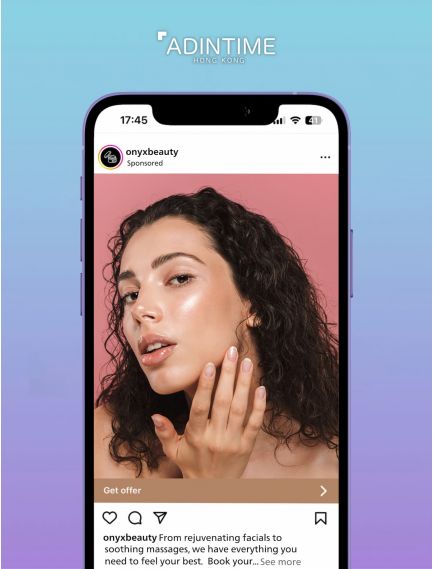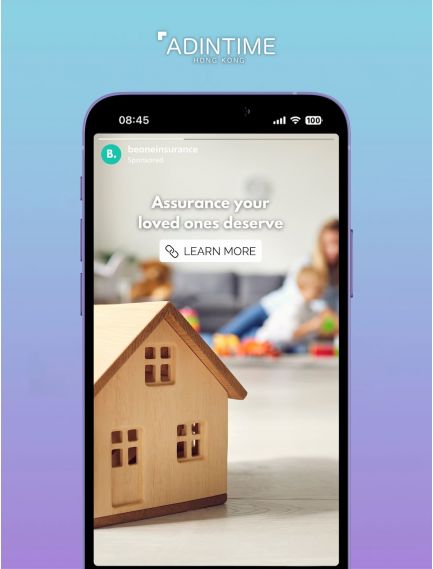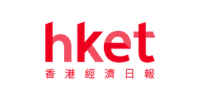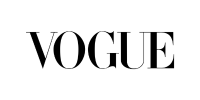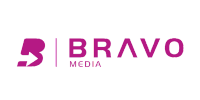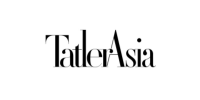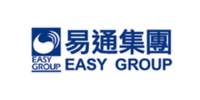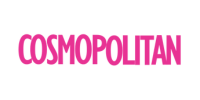 Cookie preferences
Cookie preferences
- Info
- Required cookies
- Functional cookies
- Performance cookies
- Guided cookies
- How to delete cookies
Your Privacy
We use cookies and similar technologies to help personalise content, tailor and measure ads, and provide a better experience. By clicking OK or turning an option on in Cookie Preferences, you agree to this, as outlined in our Cookie policy. To change preferences or withdraw consent, please update your Cookie Preferences.
Required cookies
Always active
These cookies are strictly necessary for the operation of the site, you can disable them by changing the settings of your browser but you will not be able to use the site normally.
Cookies used
Functional cookies
These cookies provide necessary information to applications of the website itself or integrated by third parties, if you disable them you may find some problems in the operation of the page.
Cookies used
Performance cookies
These cookies are used to analyze the traffic and behavior of customers on the site, help us understand and understand how you interact with the site in order to improve performance.
Cookies used
Guided cookies
These cookies can be from the site itself or from third parties, they help us to create a profile of your interests and to offer you advertising aimed at your preferences and interests.
Cookies used
How to delete cookies?
Firefox: https://support.mozilla.org/en-US/kb/clear-cookies-and-site-data-firefox
Chrome: https://support.google.com/chrome/answer/95647?hl=en
Explorer: https://support.microsoft.com/en-us/topic/delete-and-manage-cookies-168dab11-0753-043d-7c16-ede5947fc64d
Safari: https://support.apple.com/en-gb/guide/safari/sfri11471/mac
Opera: https://help.opera.com/en/latest/web-preferences/#cookies


